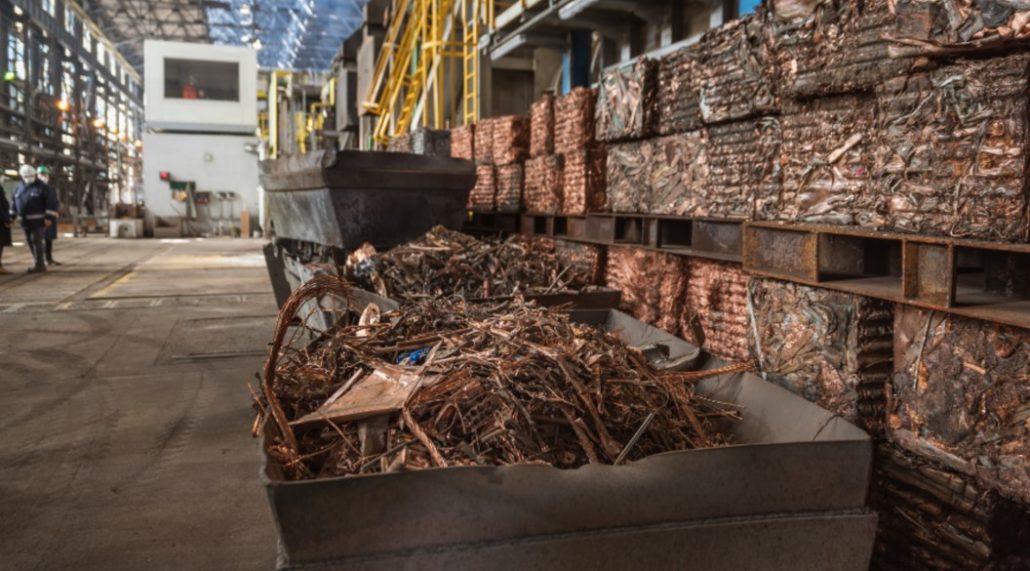
China will significantly reduce import tariffs on over 900 commodities starting January 2025. This move includes recycled raw materials like nonferrous metals, notably copper and aluminum scrap. The strategy aims to boost domestic demand and accelerate a sustainable, low-carbon economy. These tariff cuts lower production costs, foster innovation, and support green development.
Nonferrous Scrap and Petrochemicals Targeted for Tariff Reductions
The reduced tariffs, below China’s MFN rates, support critical industries, especially nonferrous metal and petrochemical sectors. Recycled copper and aluminum, essential for manufacturing and construction, will benefit from easier imports. These tariff reductions ease supply chain challenges for manufacturers using scrap metals as feedstock. Petrochemical raw materials like ethane and polymers also see reductions, promoting sustainable growth.
China Boosts Green and Low-Carbon Development Through Tariff Changes
China’s focus on recycled materials aligns with its environmental goals. They aim to reduce carbon emissions and promote a circular economy. Facilitating access to nonferrous scrap improves manufacturing sector sustainability. Fan Min from the China Petroleum and Chemical Industry Federation notes reduced tariffs stimulate technological innovation and contribute to petrochemical sector green development.
Wider Economic Impact of Tariff Reductions Observed
Beyond metals, the tariff cuts include materials from automatic transmissions to rare medical alloys. This comprehensive package lowers production costs across industries, from manufacturing to pharmaceuticals, and supports China’s long-term growth.











Leave a Reply
You must be logged in to post a comment.